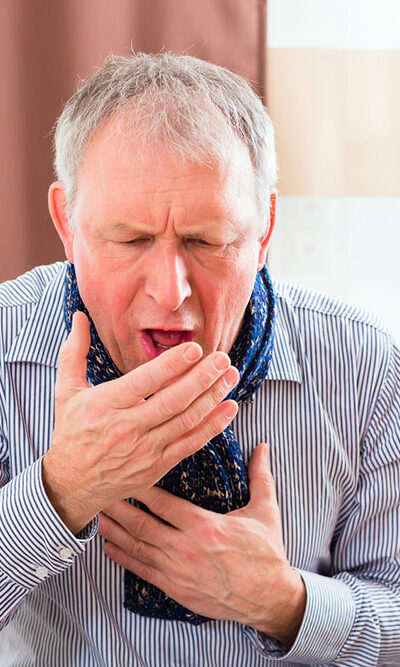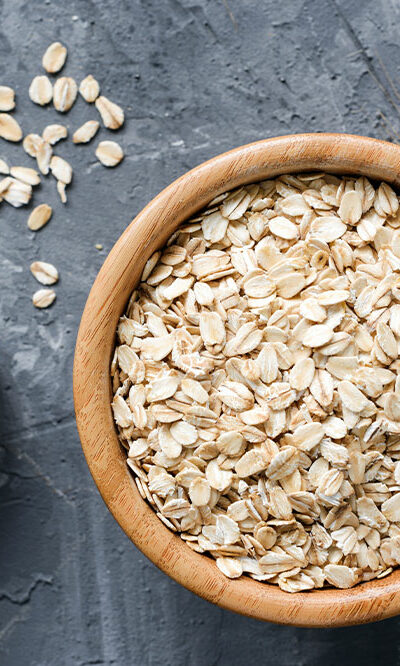
8 Signs of Weak Immunity Due to High Sugar
A person’s immune system is critical for their survival. People tend to have longer and healthier lives when their immunity is consistently strong. Good, nutritious food is important in maintaining one’s immune system’s strength. On the other hand, certain foods can have a detrimental effect on one’s immunity. Sugar is one such food element that weakens the immune system. Here are some signs of a poor immune system due to excessive sugar intake: High-stress levels Stress has always been associated with weakened immunity in people. That is why, after a particularly stressful day at work, people are more likely than not to call in sick the following morning. Stress results from weakened immune responses caused due to illness or other bodily conditions. Stress tends to decrease the count of the body’s lymphocytes, the white blood cells responsible for battling infection. Sugar consumption causes a stress response in one’s body. Anxiety and stress are closely linked with a person’s blood sugar rising or falling. Blood sugar triggers various mental health issues, such as depression, insomnia, a lack of focus, memory issues, a constant feeling of being overwhelmed, inflammation, and other issues. A reason for these problems is that sugar suppresses the hypothalamic-pituitary-adrenal (HPA) axis in a person’s brain. This axis regulates stress responses in individuals. So, effectively, when a person has a sugar rush, they feel happy and euphoric for a while because of the dopamine release. However, those sensations are accompanied by lingering anxiety as the body eventually loses its natural capability to handle stress. Fever Diabetes and fever are two more points at which sugar and immunity weakening converge. When a person’s body temperature exceeds normal, their immune system works doubly hard to fight certain infections. Mild fever is a sign of certain autoimmune conditions too. People with extremely high blood sugar also tend to develop infections more often than those who do not have the health condition.










